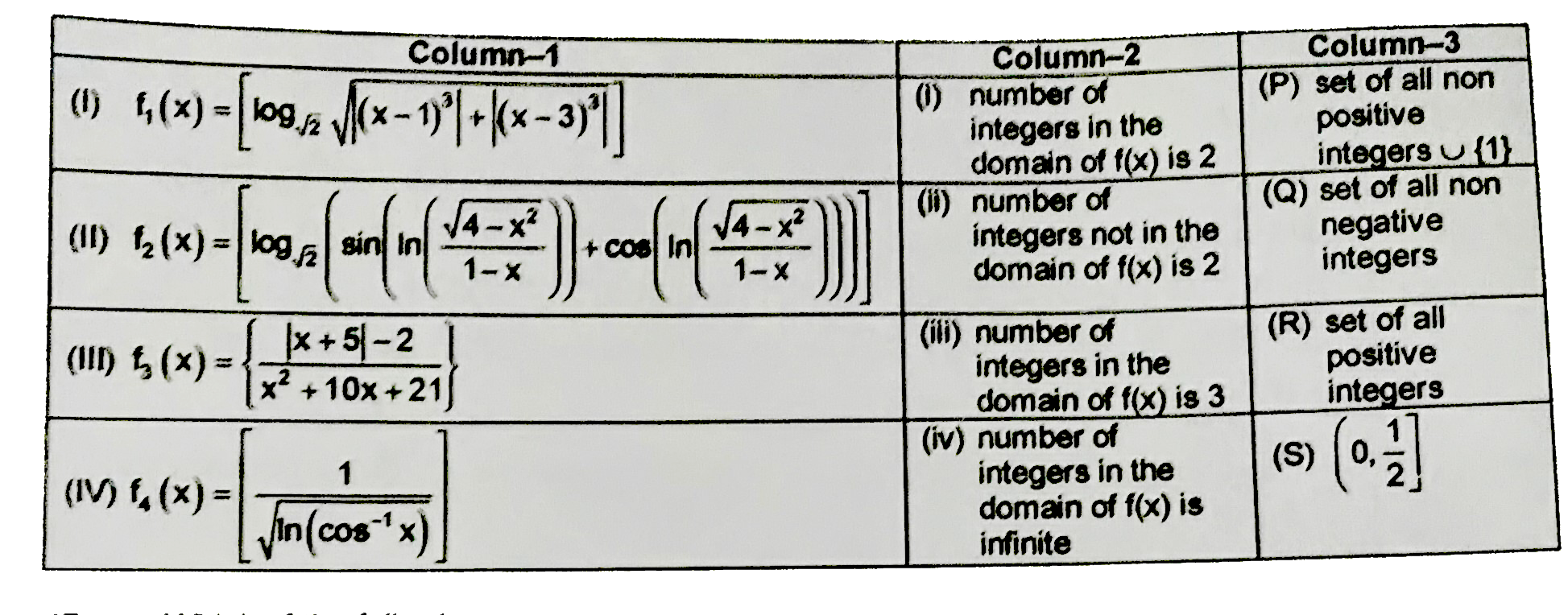Which of the following combinations is correct?
Metal ions loosely attached with apoenzyme - Activators
Non protein organic part attached to apoenzyme firmly - Prosthetic group
Non protein organic part attached loosely to apoenzyme-Coenzyme
All of the above
The correct Answer is:D
To solve the question regarding the correct combination of terms related to enzymes and their components, we can break it down into the following steps:
Step 1: Understand the Terms
- Apoenzyme: This is the protein part of an enzyme that requires a cofactor to be active.
- Cofactor: A non-protein component that is necessary for the activity of an enzyme. It can be a metal ion or an organic molecule.
- Coenzyme: A type of cofactor that is organic and usually loosely bound to the enzyme.
- Prosthetic Group: A type of cofactor that is tightly bound to the enzyme.
Step 2: Analyze the Options
- The question presents a combination of terms. We need to identify whether the terms are correctly matched based on their definitions.
- The first option mentions "metal ions loosely attached with apoenzyme activators."
Step 3: Evaluate the First Option
- Metal ions typically act as cofactors for enzymes, but they are usually tightly bound to the enzyme (as prosthetic groups) rather than loosely attached.
- Therefore, the statement "metal ions loosely attached with apoenzyme activators" is incorrect.
Step 4: Conclusion
- Since the first option is incorrect, we would need to evaluate any other options provided (if available) to determine if any of those combinations are correct.
Final Answer
- The first option is incorrect because metal ions are generally tightly bound to enzymes rather than loosely attached.
---
- Apoenzyme: This is the protein part of an enzyme that requires a cofactor to be active.
- Cofactor: A non-protein component that is necessary for the activity of an enzyme. It can be a metal ion or an organic molecule.
- Coenzyme: A type of cofactor that is organic and usually loosely bound to the enzyme.
- Prosthetic Group: A type of cofactor that is tightly bound to the enzyme.
- The question presents a combination of terms. We need to identify whether the terms are correctly matched based on their definitions.
- The first option mentions "metal ions loosely attached with apoenzyme activators."
- Metal ions typically act as cofactors for enzymes, but they are usually tightly bound to the enzyme (as prosthetic groups) rather than loosely attached.
- Therefore, the statement "metal ions loosely attached with apoenzyme activators" is incorrect.
- Since the first option is incorrect, we would need to evaluate any other options provided (if available) to determine if any of those combinations are correct.
- The first option is incorrect because metal ions are generally tightly bound to enzymes rather than loosely attached.
Similar Questions
Knowledge Check

Which of the following combination is correct:AI-b, II-c, III-d, IV-aBI-c, II-b, III-d, IV-aCI-b, II-C, III-a, IV-dDI-d, II-b, III-c, IV-a
Which of the following combination is correct:AI-b, II-c, III-d, IV-aBI-c, II-b, III-d, IV-aCI-d, II-c, III-c, IV-aDI-d,II-b, III-c, IV-a

Which of the following combination is correct ?A(I)(iv) (R )B(II) (ii) (R)C(II)(ii) (S)D(III) (ii) (S)

Which of the following combination is correct?
View SolutionColumn 1: real valued function, Column-2: domain of the function, Column 3: range of the function. Match the following Column(s) (where [.] denotes the greatest integer function and {.} denotes fractional part function)

Which of the following combination is correct?
View SolutionColumn 1: real valued function, Column-2: domain of the function, Column 3: range of the function. Match the following Column(s) (where [.] denotes the greatest integer function and {.} denotes fractional part function)

Which of the following combination is correct?
View SolutionColumn 1: real valued function, Column-2: domain of the function, Column 3: range of the function. Match the following Column(s) (where [.] denotes the greatest integer function and {.} denotes fractional part function)

Which of the following combination is correct?
View SolutionModern peroidic table helps classify elements according to their similarities.Consider the columns mentioning certain details about elements with comments on their important features.
Answer the question that follow :

Which of the following combinations is correct for Chromium but not for Zinc ?
View Solution


